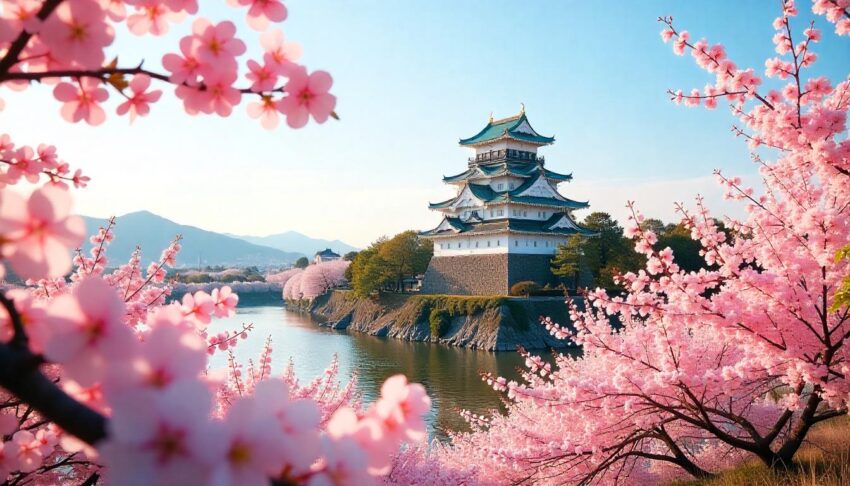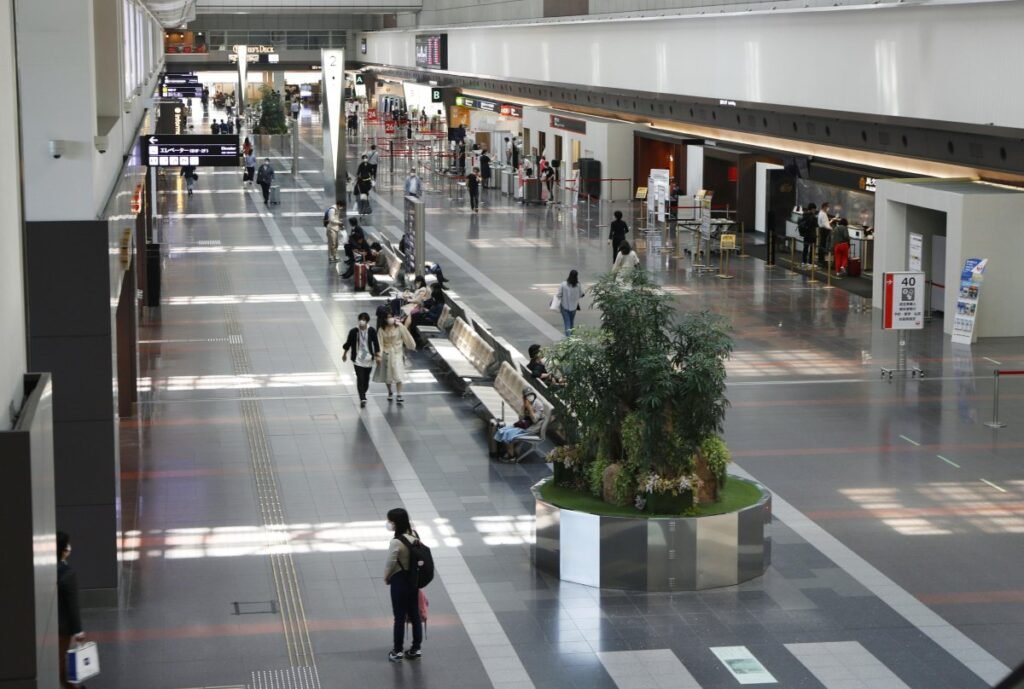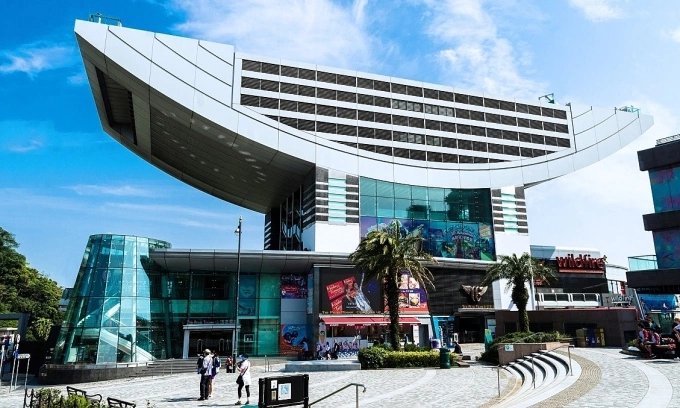Wednesday, July 2, 2025

The latest Yanolja Attractiveness Index, released on July 2, 2025, has placed Osaka at the top of the global tourism rankings, surpassing Kyoto, which held the #1 spot in 2024. This shift marks a pivotal moment in the global travel industry, further solidifying Japan’s rise as a dominant force in international tourism. The 2025 rankings reflect a deeper understanding of what makes a city appealing to travelers, prioritizing emotional and psychological factors over traditional infrastructure metrics. This approach has shed light on the evolving preferences of global tourists, emphasizing the importance of cities that offer not only historical significance but also modern vibrancy and unique experiences.
Osaka’s rise highlights the increasing influence of Asian cities in global tourism. In addition to Osaka, other cities like Bangkok and Chiang Mai are climbing the ranks, showcasing Southeast Asia’s growing appeal. The rankings also underscore the shift in global tourism trends, where travelers are seeking more than just traditional sightseeing—they are drawn to cities that blend culture, modernity, and emotional resonance. This 2025 Yanolja Attractiveness Index is a clear indicator that Asia is becoming an even more influential hub in the global tourism landscape, with cities like Osaka, Kyoto, and Bangkok leading the charge.
Introduction: Osaka Unlikely Ascent to #1
For years, Kyoto has been Japan’s undisputed tourism darling, consistently ranking as one of the most desirable travel destinations globally. Known for its iconic temples, traditional tea houses, and stunning gardens, it was hard to imagine any city could surpass it. However, the 2025 Yanolja Attractiveness Index has done just that, placing Osaka—Kyoto’s energetic, modern, and vibrant neighbor—at the top of the world’s most attractive tourism cities.
Osaka’s rise is not just a matter of numbers but a reflection of shifting global travel trends. The Yanolja Attractiveness Index, created through a collaboration between Yanolja Research, Purdue University, and Kyung Hee University, prioritizes emotional and psychological appeal over traditional factors like infrastructure and accommodation. This unique perspective reveals that travelers are increasingly drawn to cities that combine cultural depth, unique experiences, and vibrant local life.
This article will explore how Osaka clinched the top spot, why Kyoto slipped to third, and the wider implications of this shift for global tourism. By examining the methodology behind the Yanolja Attractiveness Index and analyzing the broader trends shaping travel preferences, we can gain deeper insights into the future of tourism.
The Yanolja Attractiveness Index: A New Measure of Tourism Appeal
The Yanolja Attractiveness Index is a revolutionary new tool in the tourism industry. Unlike traditional metrics that focus primarily on factors like infrastructure, transportation, and accommodation, the Yanolja Index delves deeper, focusing on the psychological and emotional factors that drive tourism decisions. It measures two core pillars:
- Tourism City Attractiveness: This reflects how positively a city is perceived by tourists.
- Tourism City Reputation: This indicates how widely a city is known and discussed in the global tourism community.
By evaluating these pillars through the lens of actual tourist sentiment, the index offers a more nuanced understanding of what makes a city appealing to travelers.
Key Dimensions of the Index
The Yanolja Attractiveness Index evaluates cities across four key dimensions:
- Beauty and Natural Scenery: The visual appeal of the city, including its landscapes, parks, and natural attractions.
- Culture and History: The city’s historical landmarks, cultural festivals, and rich heritage.
- Experiential Content: The variety and uniqueness of experiences a city offers, from shopping and dining to adventure and entertainment.
- Hospitality: The warmth and friendliness of the city’s residents, as well as the quality of service and tourist infrastructure.
These dimensions, combined with global social media data in 14 languages, provide an in-depth view of what makes each city attractive to tourists.
Japan’s Tourism Dominance: Osaka, Kyoto, and Beyond
The 2025 rankings clearly showcase Japan’s dominance in the global tourism market. Osaka’s ascension to the top spot is part of a broader trend where Japanese cities are securing their places among the world’s most desirable destinations. Here’s a closer look at the top cities from Japan in the rankings:
- Osaka (#1): Known for its dynamic culture, lively food scene, and modern attractions like Universal Studios Japan and Osaka Castle, Osaka has captured the global imagination. Its mix of traditional and contemporary experiences has made it an increasingly popular choice for international visitors.
- Kyoto (#3): While it fell from its 2024 position as the #1 city, Kyoto remains a cultural powerhouse. Its historical significance, including sites like Kinkaku-ji (the Golden Pavilion) and Fushimi Inari Shrine, continues to attract millions of tourists annually.
- Okinawa (#10): The southern island of Okinawa, with its tropical climate, beautiful beaches, and distinct culture, has risen in popularity, securing its place in the top 10.
- Fukuoka (#11): Known for its vibrant food culture and proximity to Korea and China, Fukuoka is emerging as a rising star in Asian tourism.
- Tokyo (#12): While Tokyo’s position has remained relatively stable, its position at #12 shows that even one of the world’s most popular cities faces new competition from other destinations in Japan and Asia.
- Sapporo (#18): Famous for its winter sports and the annual Snow Festival, Sapporo’s increasing appeal demonstrates Japan’s diverse offerings, from snowy mountains to urban exploration.
Japan’s strong performance on the 2025 index reflects the country’s growing influence as a world-class tourism hub. The diverse attractions and unique experiences offered by cities like Osaka, Kyoto, and Tokyo, coupled with their ability to blend modernity with tradition, give them an edge in global tourism.
The Rise of Southeast Asian Cities
Beyond Japan, other Asian cities are also making waves in the global tourism market. Bangkok, Thailand, surged from #16 to #7, while Chiang Mai jumped from #61 to #20. These cities’ rising popularity reflects a broader shift in tourist preferences toward Southeast Asia’s rich cultural experiences, affordability, and unique landscapes.
- Bangkok (#7): The Thai capital continues to captivate visitors with its vibrant street life, historical temples, and dynamic nightlife. Its ability to cater to a wide range of travelers, from backpackers to luxury tourists, has propelled it into the global top 10.
- Chiang Mai (#20): Once a quieter destination, Chiang Mai has seen an influx of visitors seeking its serene mountain scenery, Buddhist temples, and vibrant arts scene.
The growth of these Southeast Asian cities shows that tourists are increasingly drawn to destinations offering both cultural immersion and natural beauty, in addition to affordability and accessibility.
European and U.S. Cities: The Changing Landscape
While European cities like Paris, London, and Rome continue to hold strong positions, there are signs of shifting preferences among travelers. For example:
- Paris (#2) and London (#6) remain iconic tourism destinations, with their rich cultural and historical landmarks. However, their rankings have slightly dropped, as more tourists are now looking for emerging destinations with unique experiences.
- Rome (#8) continues to appeal to history enthusiasts, offering ancient ruins like the Colosseum and the Roman Forum, but faces stiff competition from cities that combine history with more contemporary attractions.
In the Americas, U.S. cities like New York (#4) and Washington, D.C. (#13) maintain strong global recognition, although newer destinations like Los Angeles (#14) and Chicago (#17) are also climbing the ranks, demonstrating the diversification of American tourism.
Implications for the Future of Global Tourism
The results of the 2025 Yanolja Attractiveness Index signal a fundamental shift in global tourism trends. Tourists are increasingly looking for cities that offer a blend of historical charm, modern experiences, and emotional connections. Osaka’s rise to the top spot emphasizes the importance of a dynamic and diverse tourism offering, where cities must continually evolve to meet changing consumer desires.
The future of tourism is not just about infrastructure or the number of attractions a city offers—it’s about how a city makes visitors feel. To remain competitive, cities must tap into the emotional appeal of their destinations, offering unique experiences that resonate with travelers’ values and expectations.
Conclusion: Japan’s Tourism Powerhouse
Osaka’s rise to the #1 spot in the 2025 Yanolja Attractiveness Index marks a turning point in the global tourism landscape. Japan, with its unique blend of tradition and modernity, is firmly establishing itself as a global leader in tourism. As cities like Osaka and Kyoto continue to dominate the rankings, other regions, including Southeast Asia and the U.S., are also gaining traction.
Tourism is evolving, and the cities that can capture both the imagination and hearts of travelers will continue to thrive in an increasingly competitive global market.
«Enjoyed this post? Never miss out on future posts by following us»









